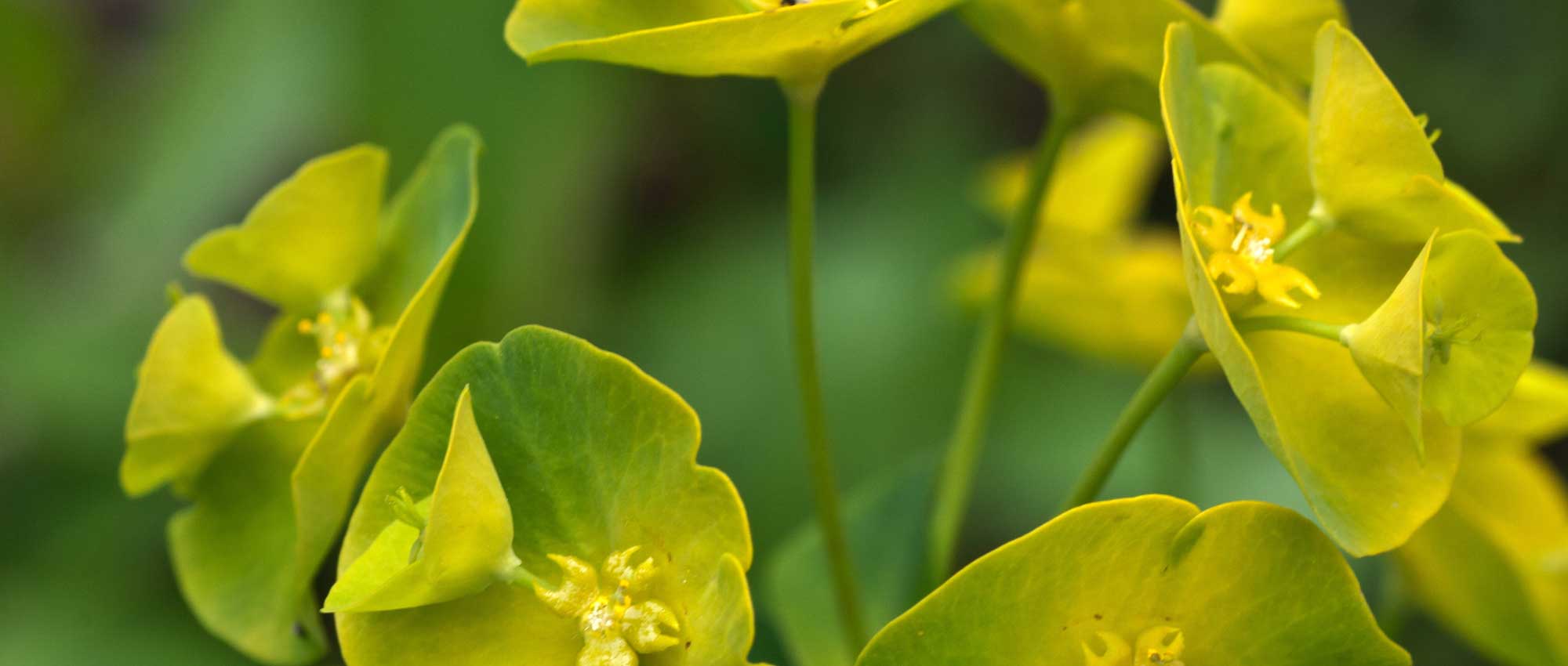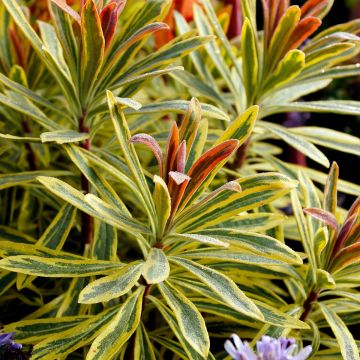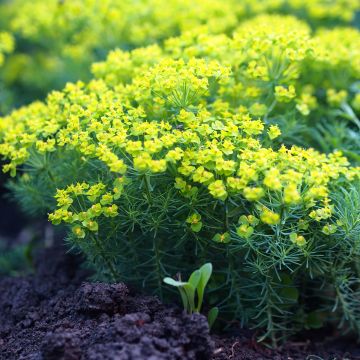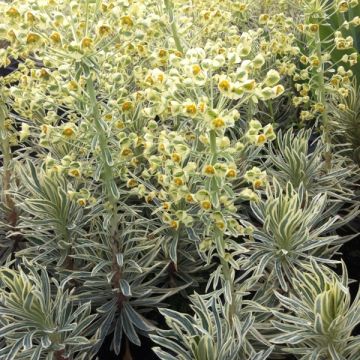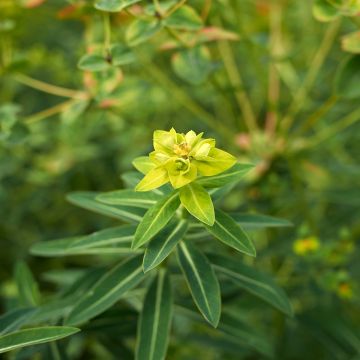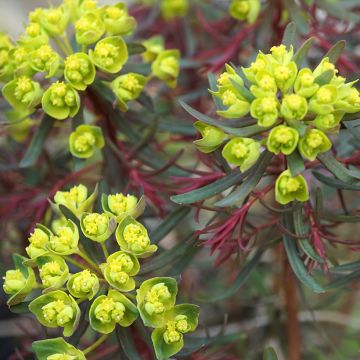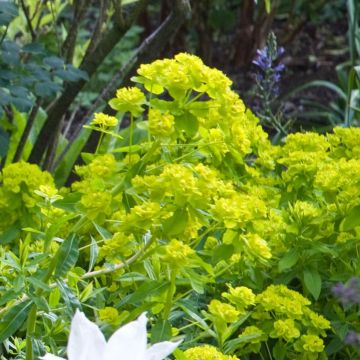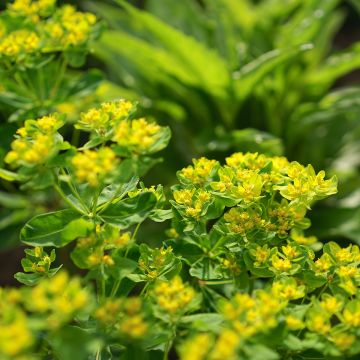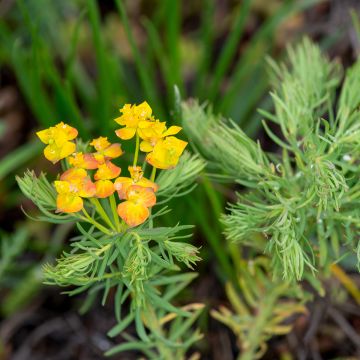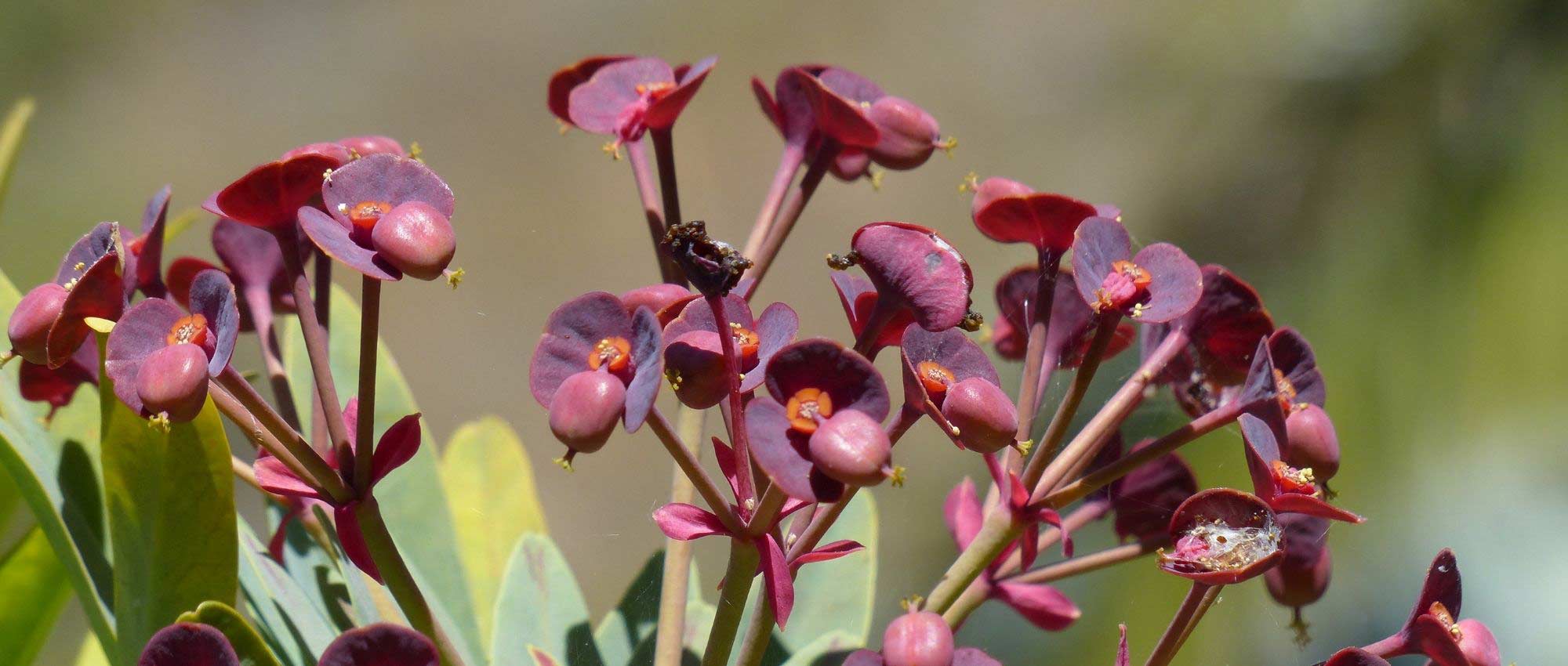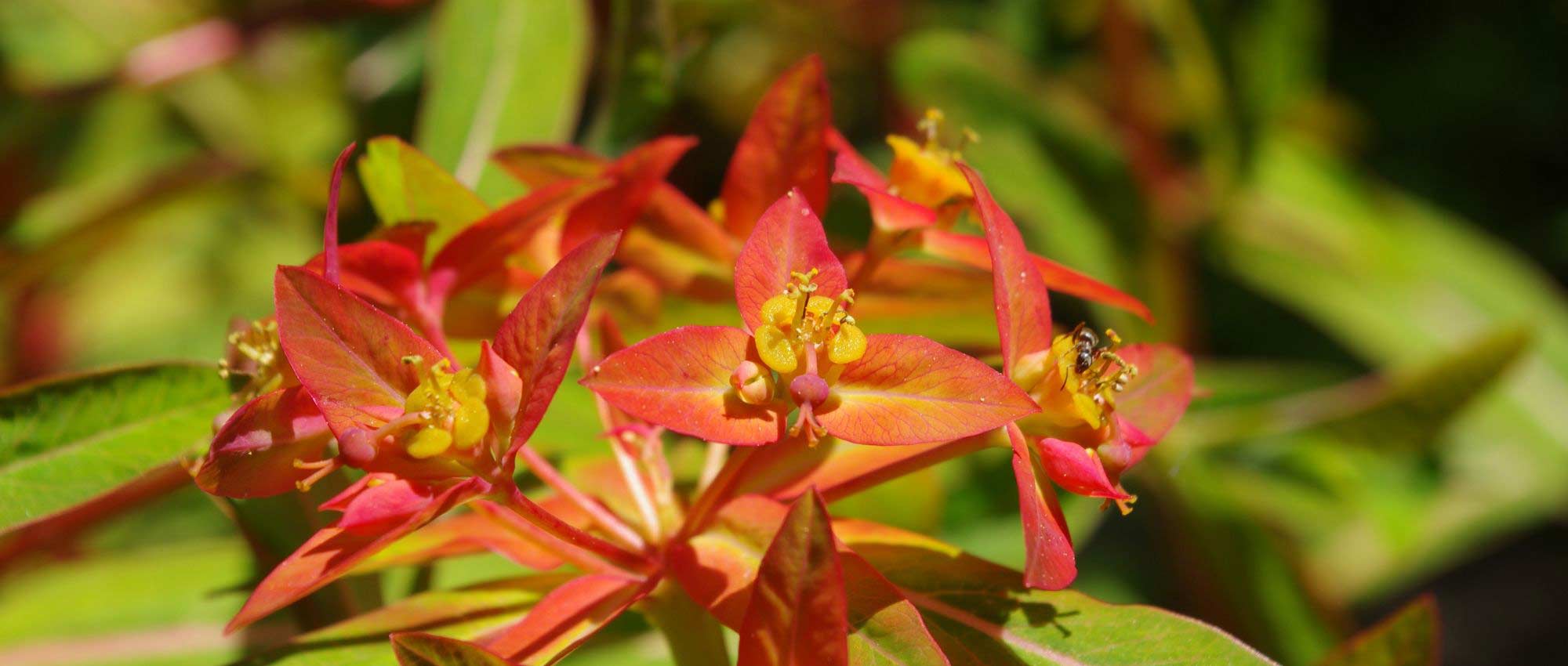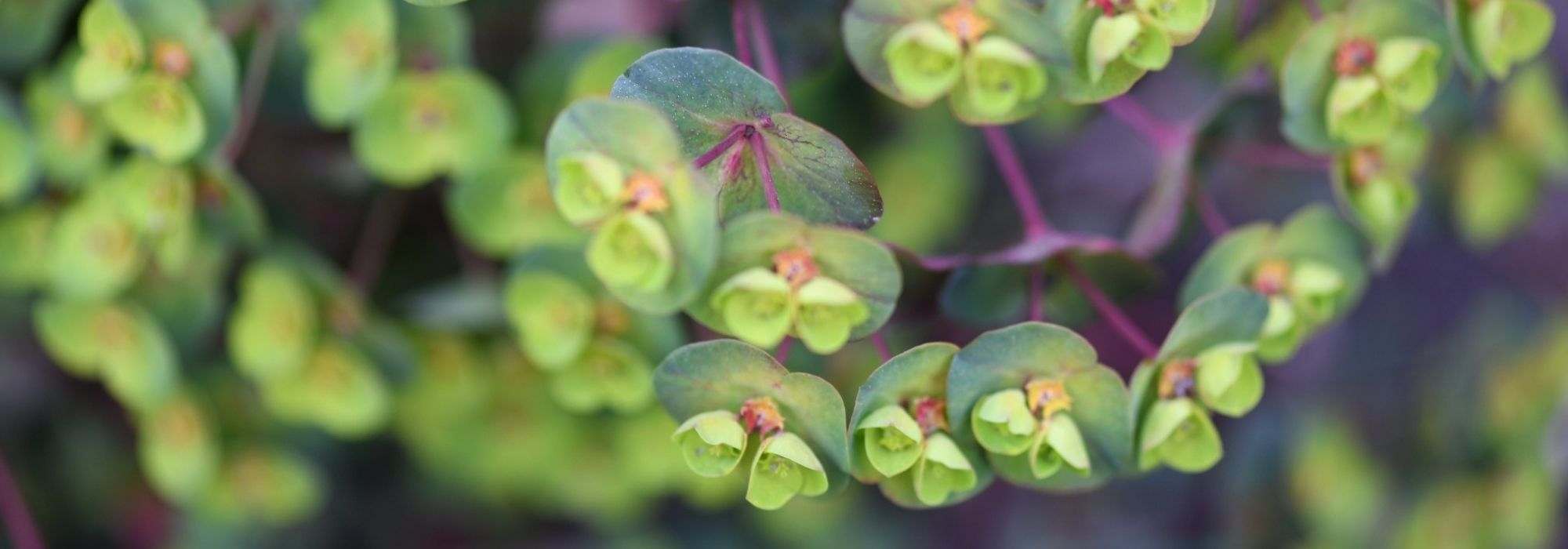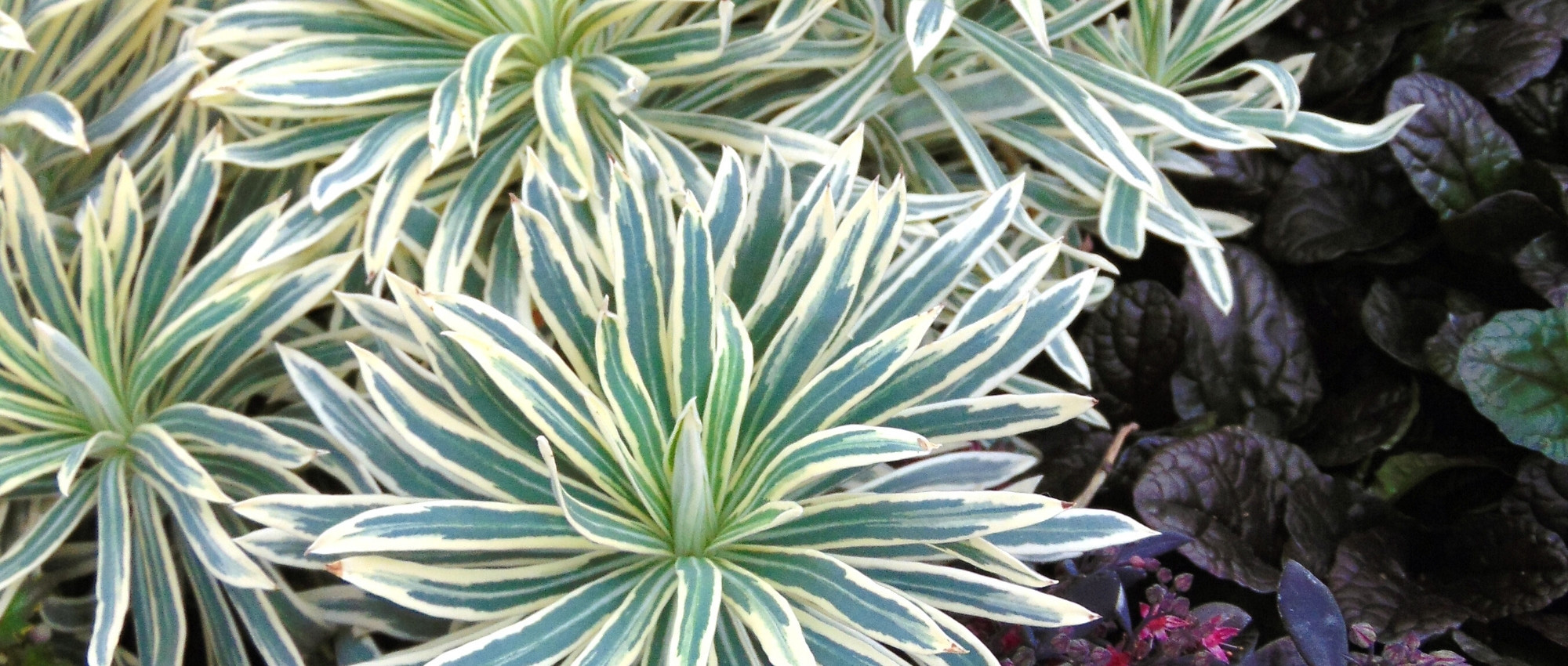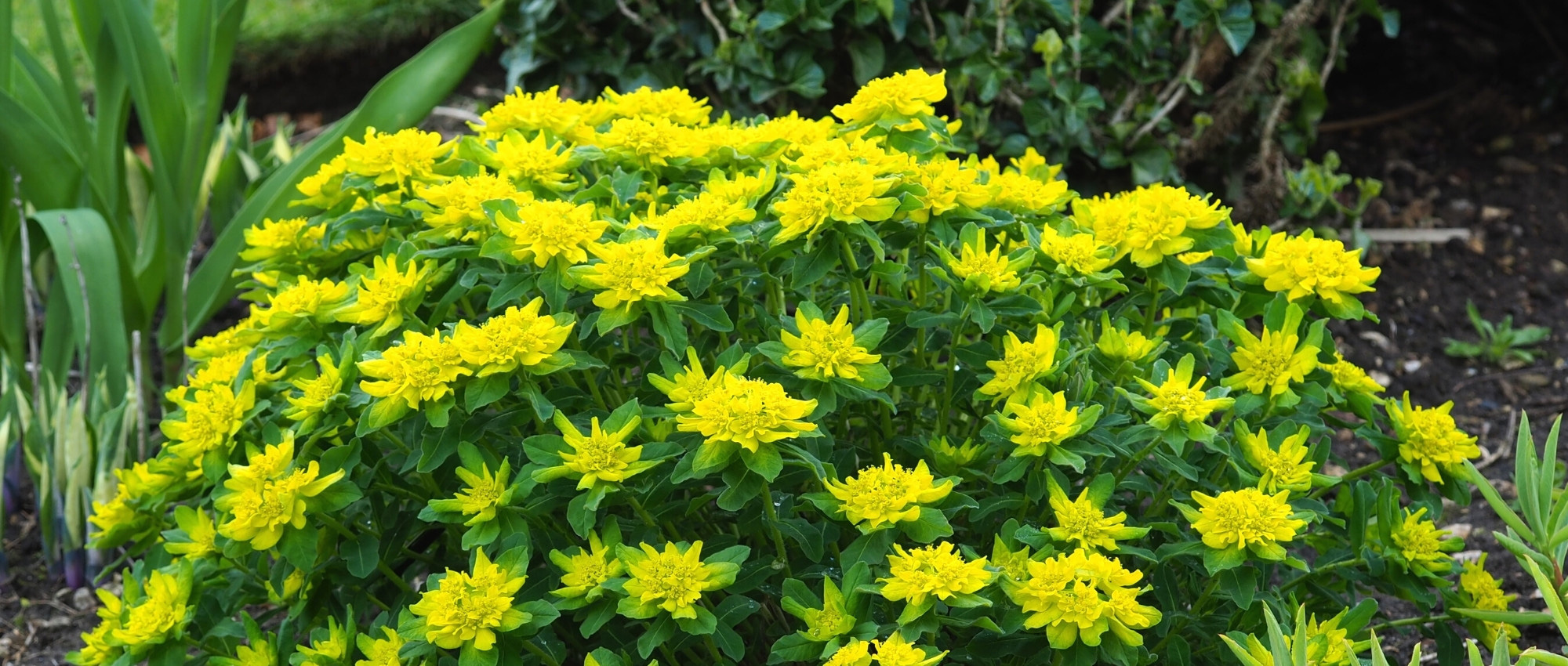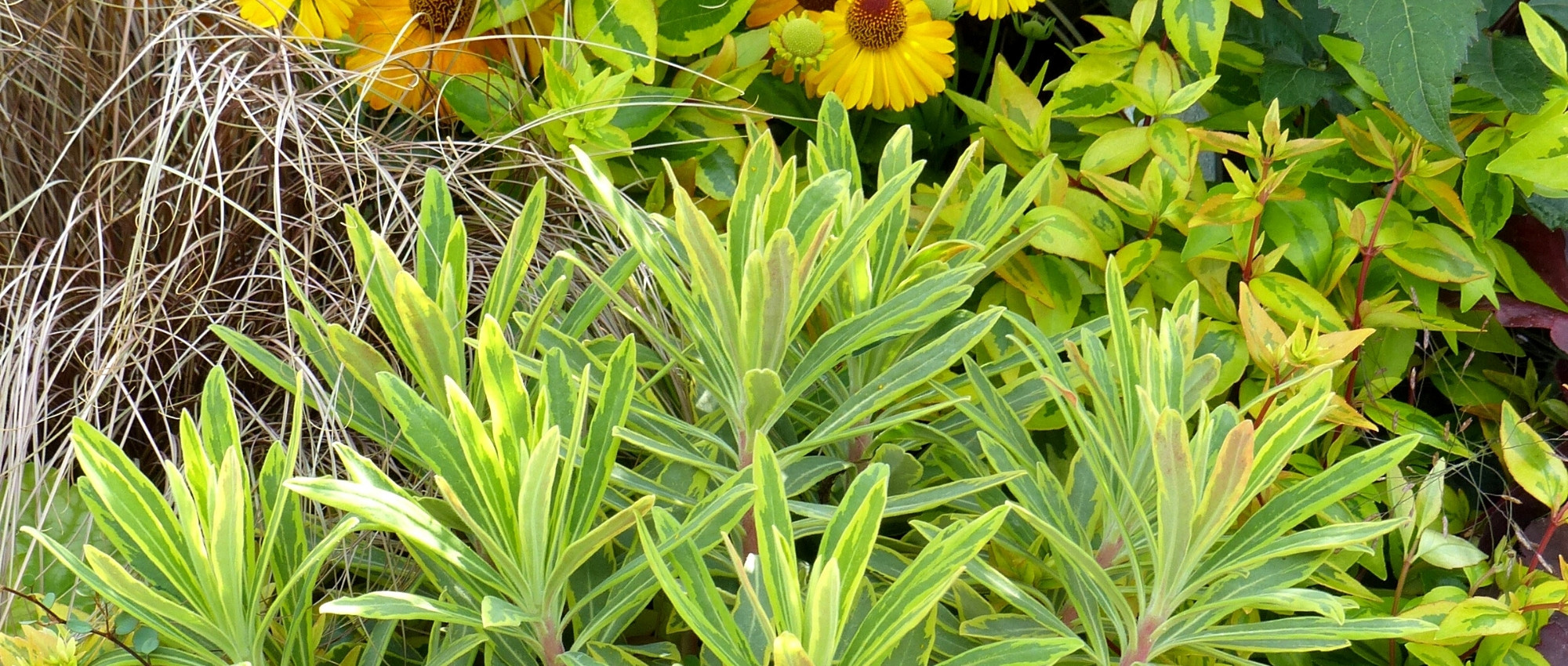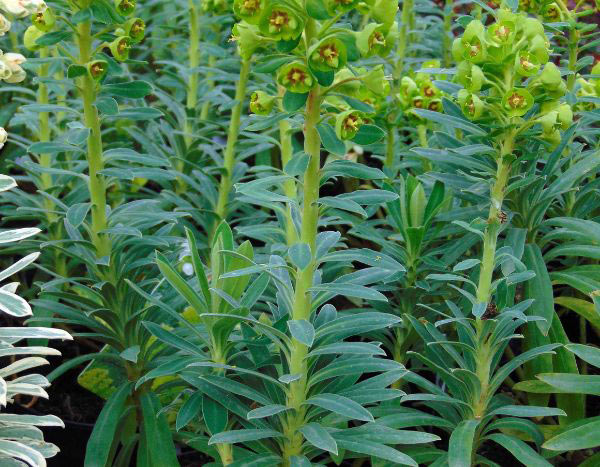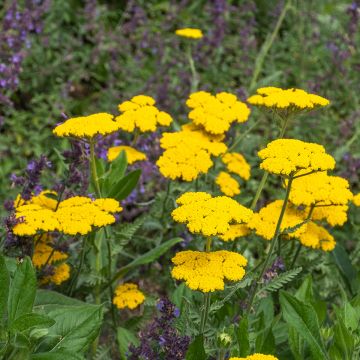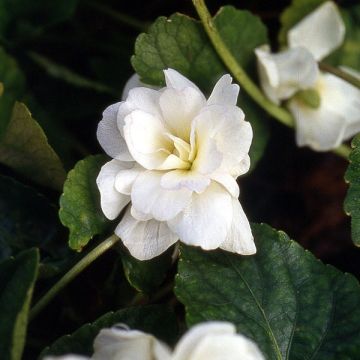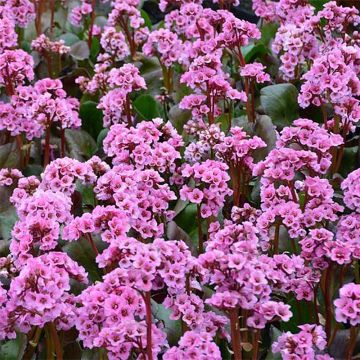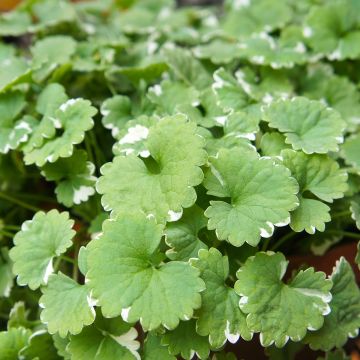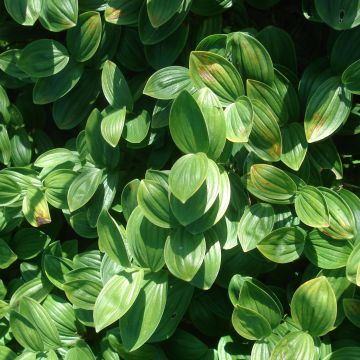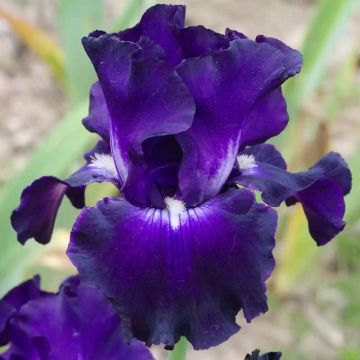

Euphorbia amygdaloides Purpurea - Spurge
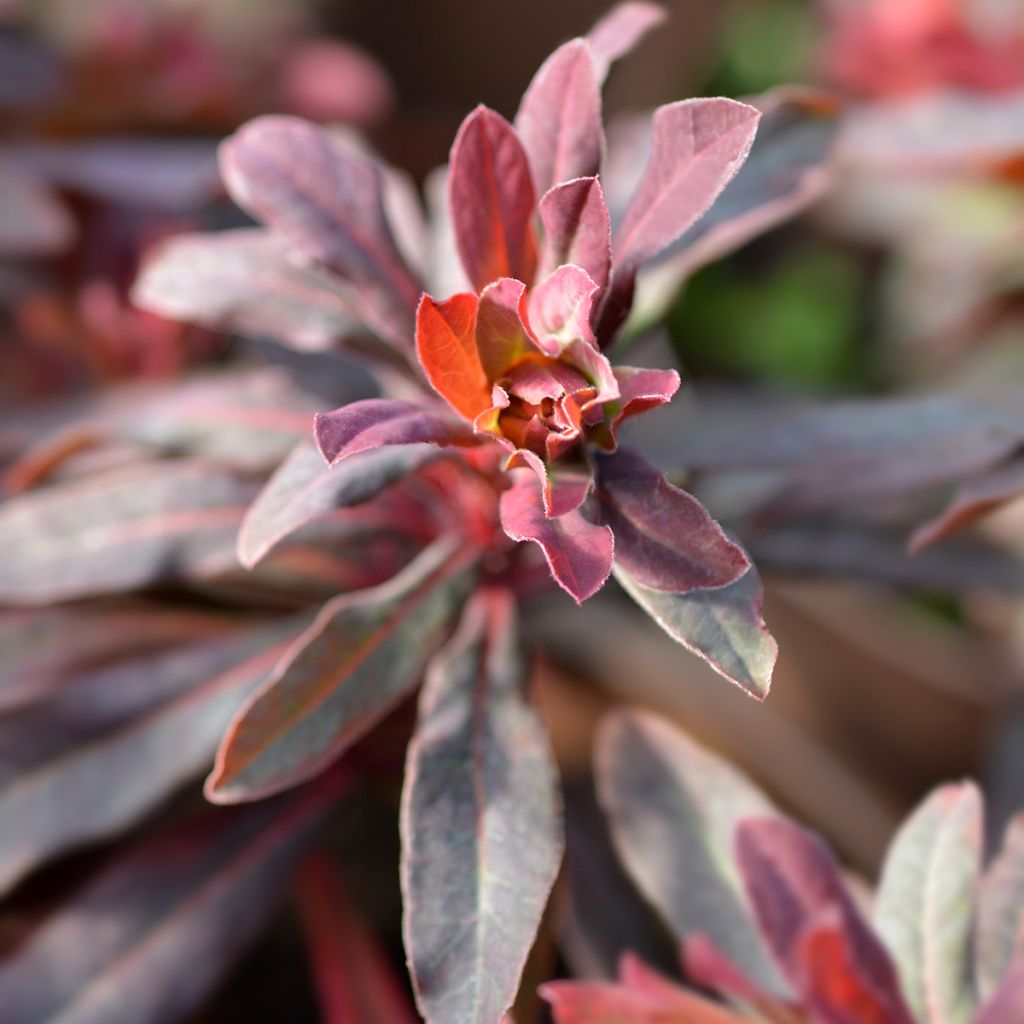

Euphorbia amygdaloides Purpurea - Spurge
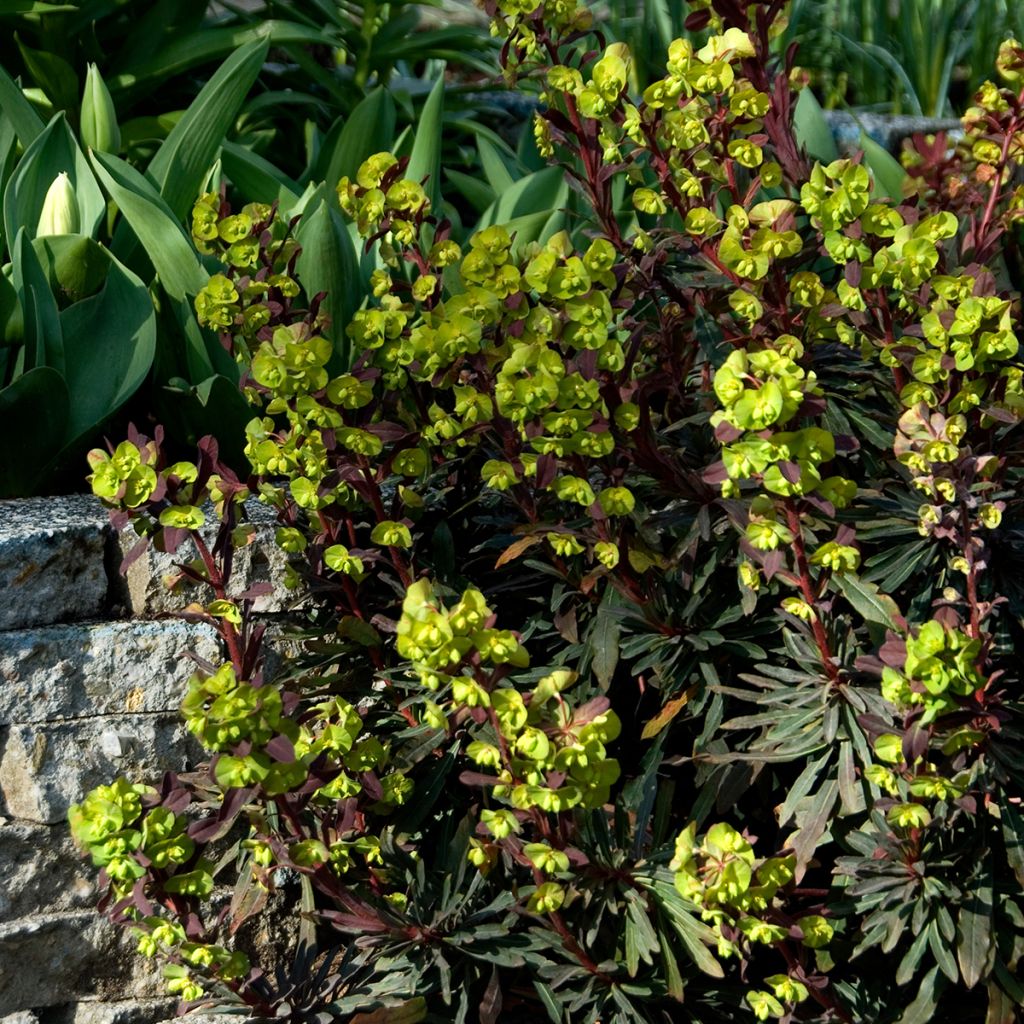

Euphorbia amygdaloides Purpurea - Spurge
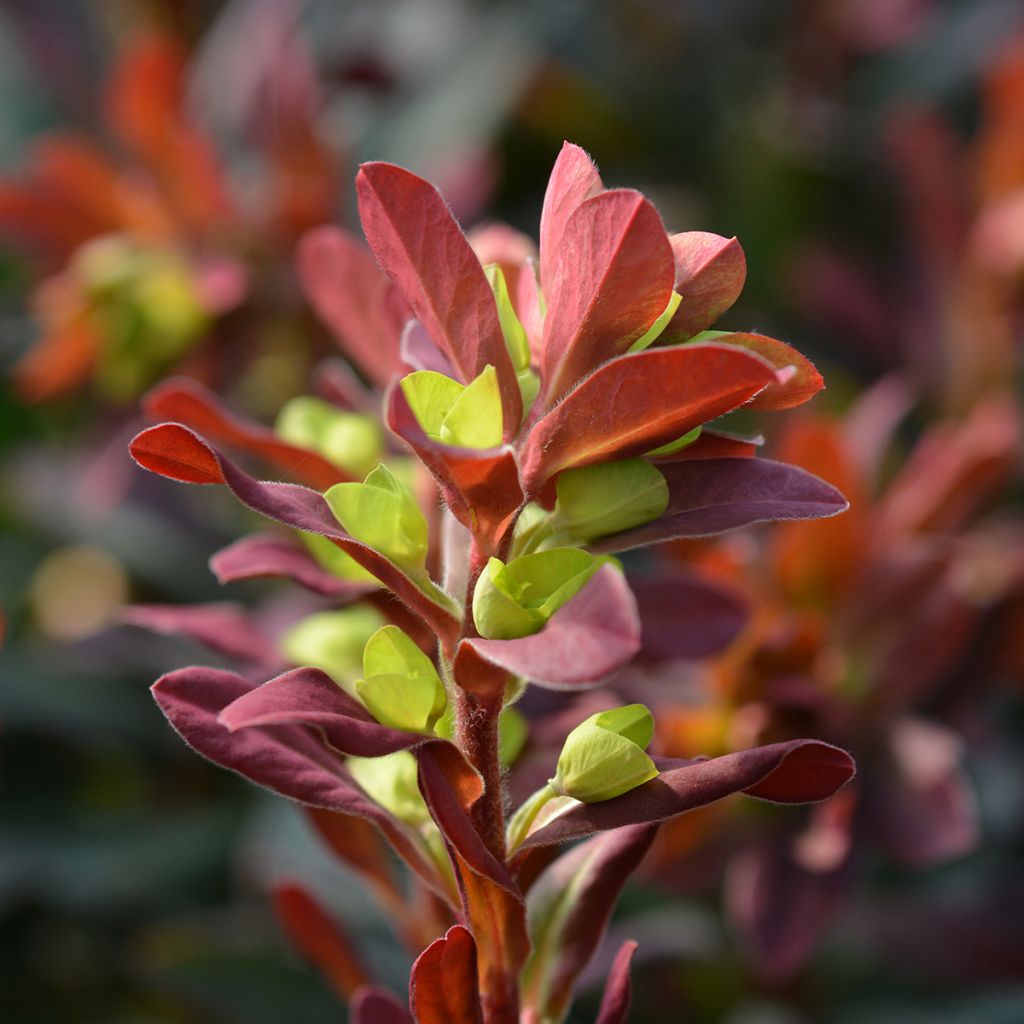

Euphorbia amygdaloides Purpurea - Spurge
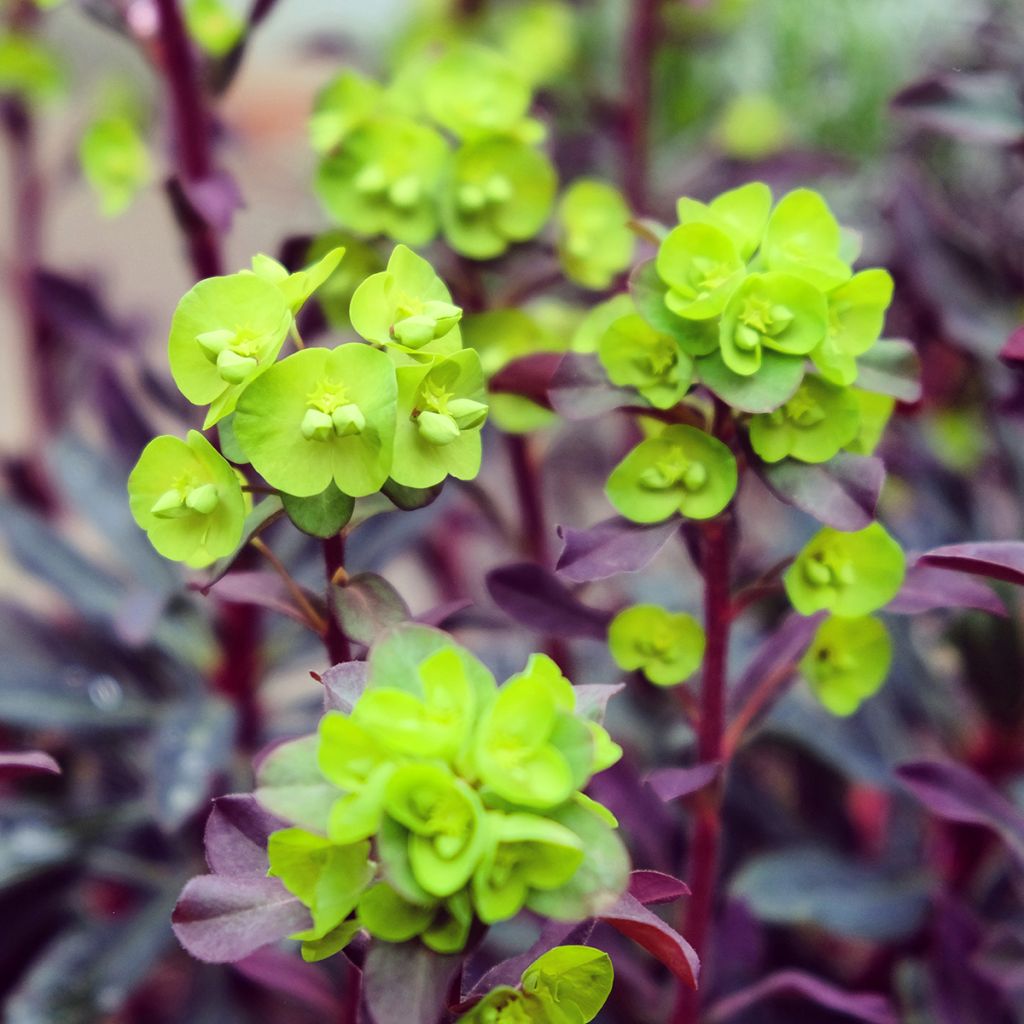

Euphorbia amygdaloides Purpurea - Spurge
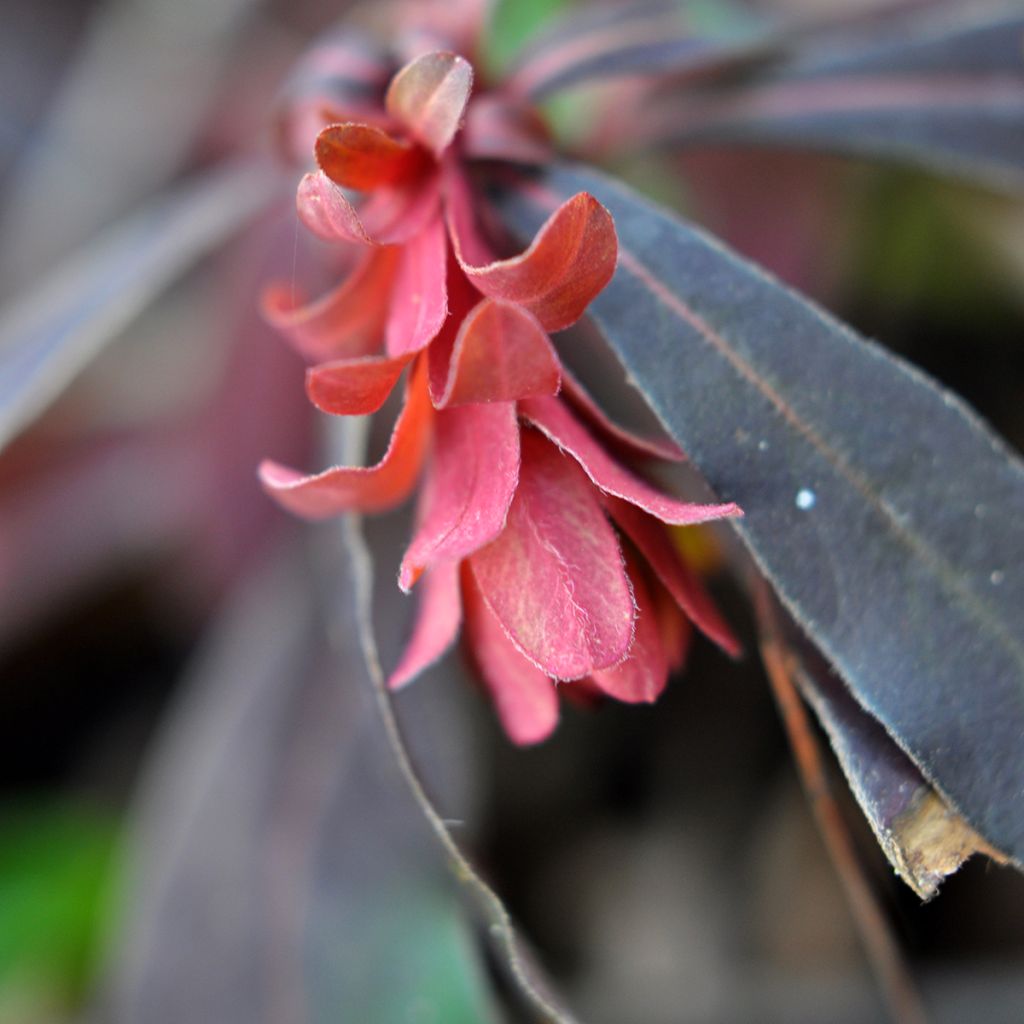

Euphorbia amygdaloides Purpurea - Spurge
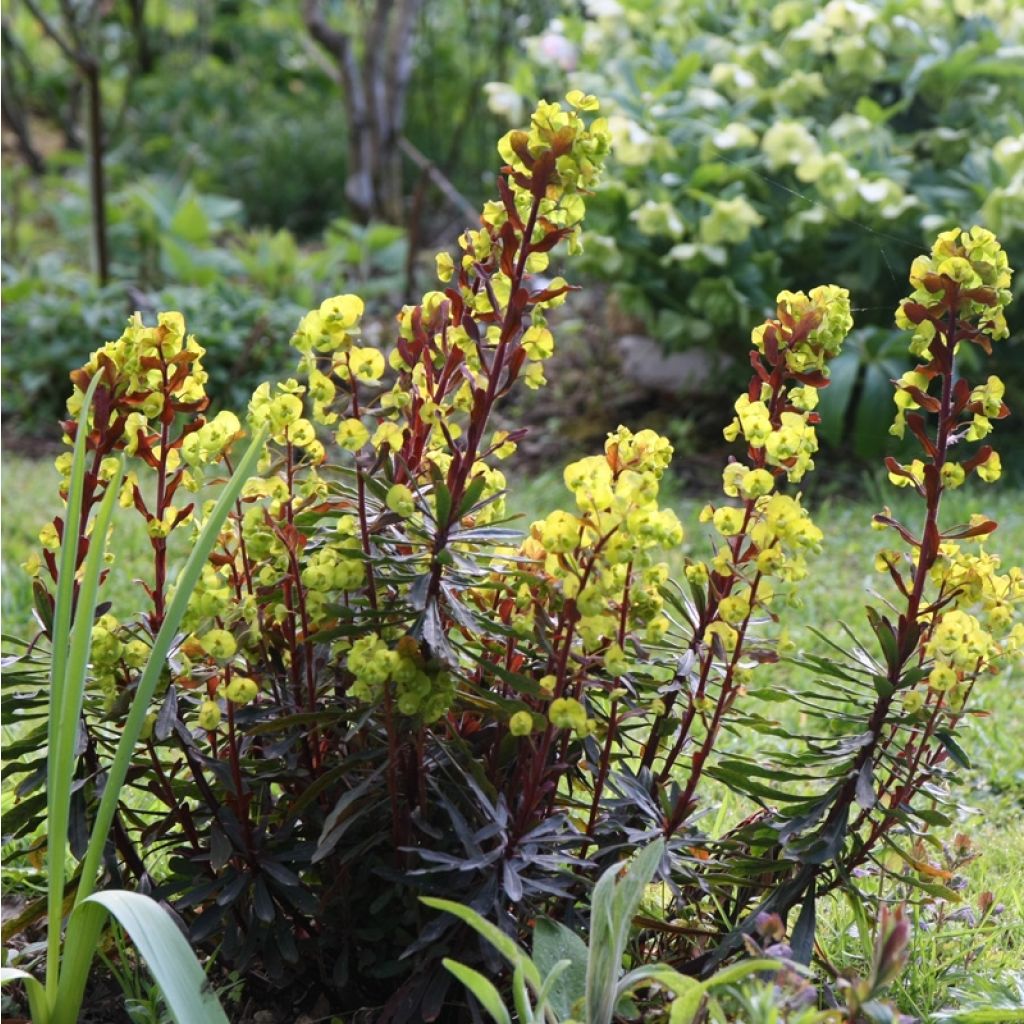

Euphorbia amygdaloides Purpurea - Spurge
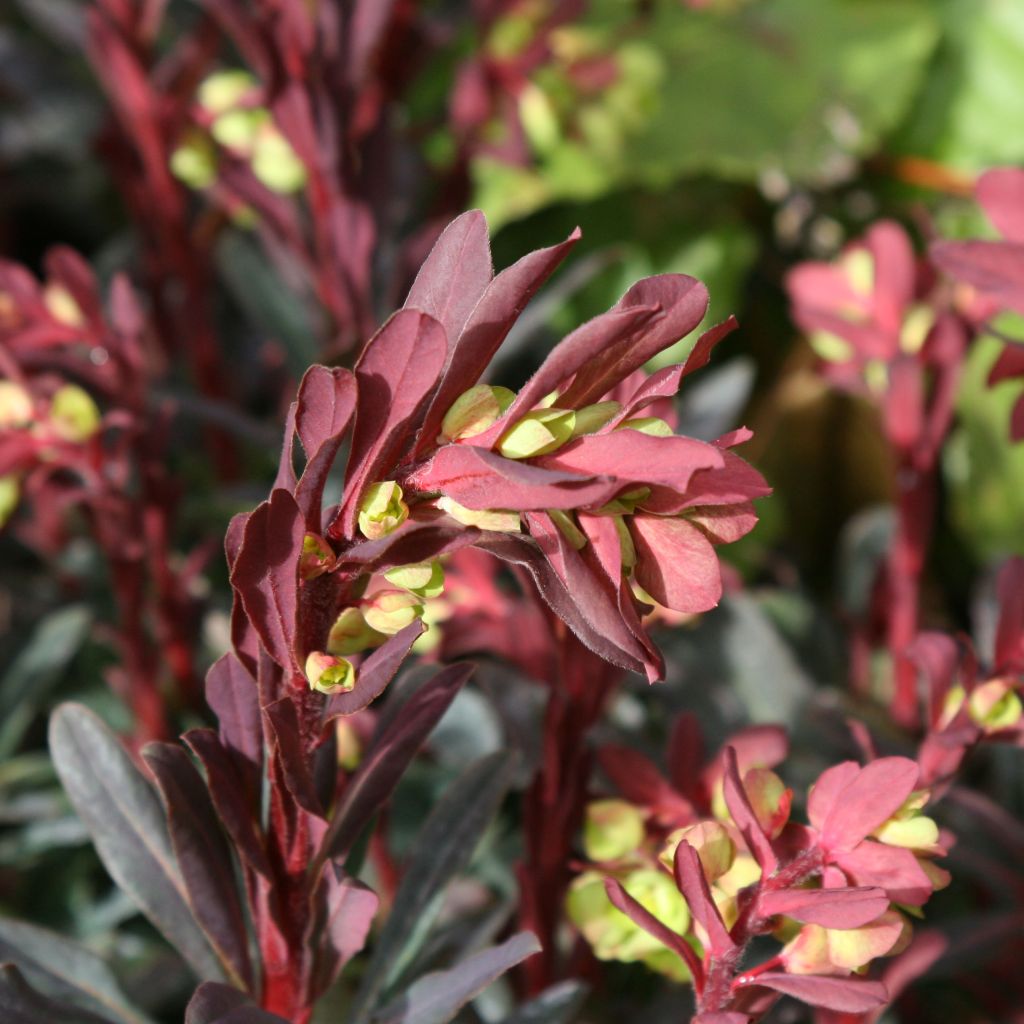

Euphorbia amygdaloides Purpurea - Spurge
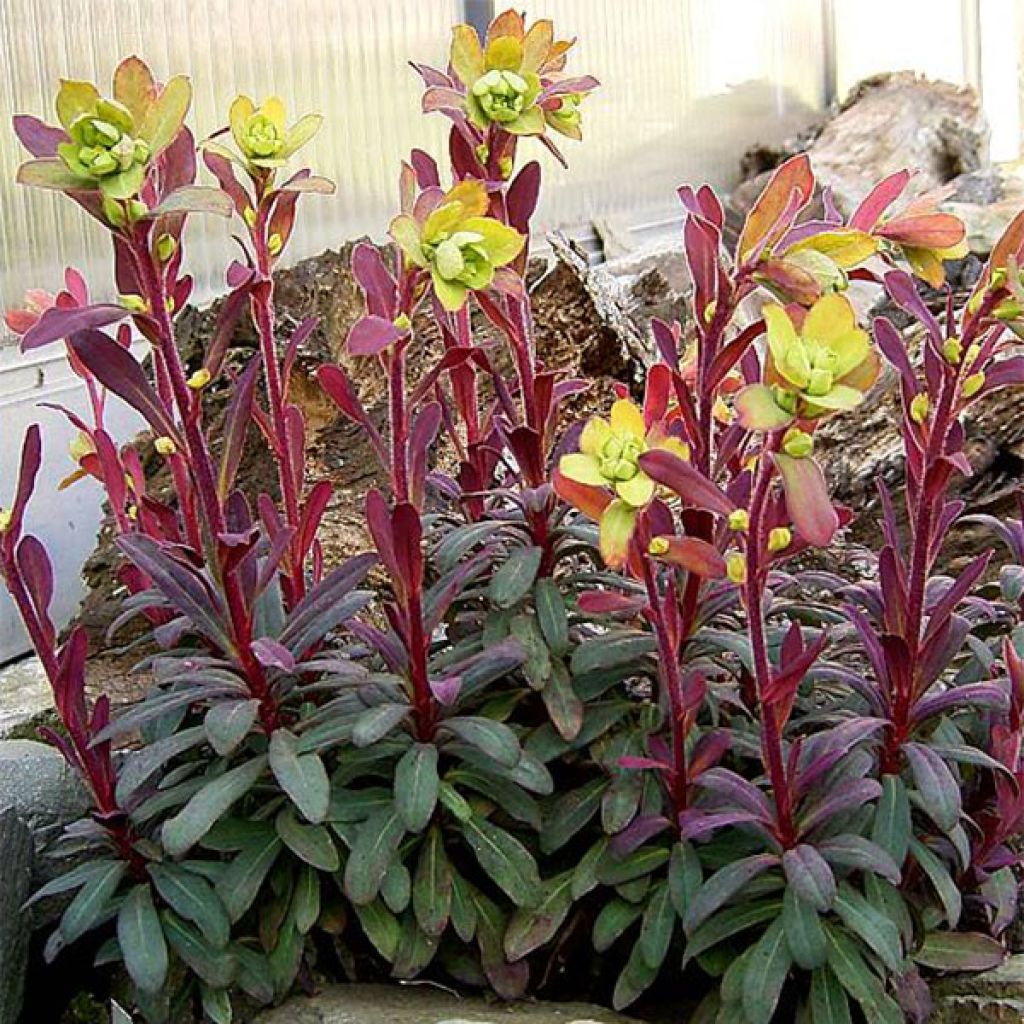

Euphorbia amygdaloides Purpurea - Spurge
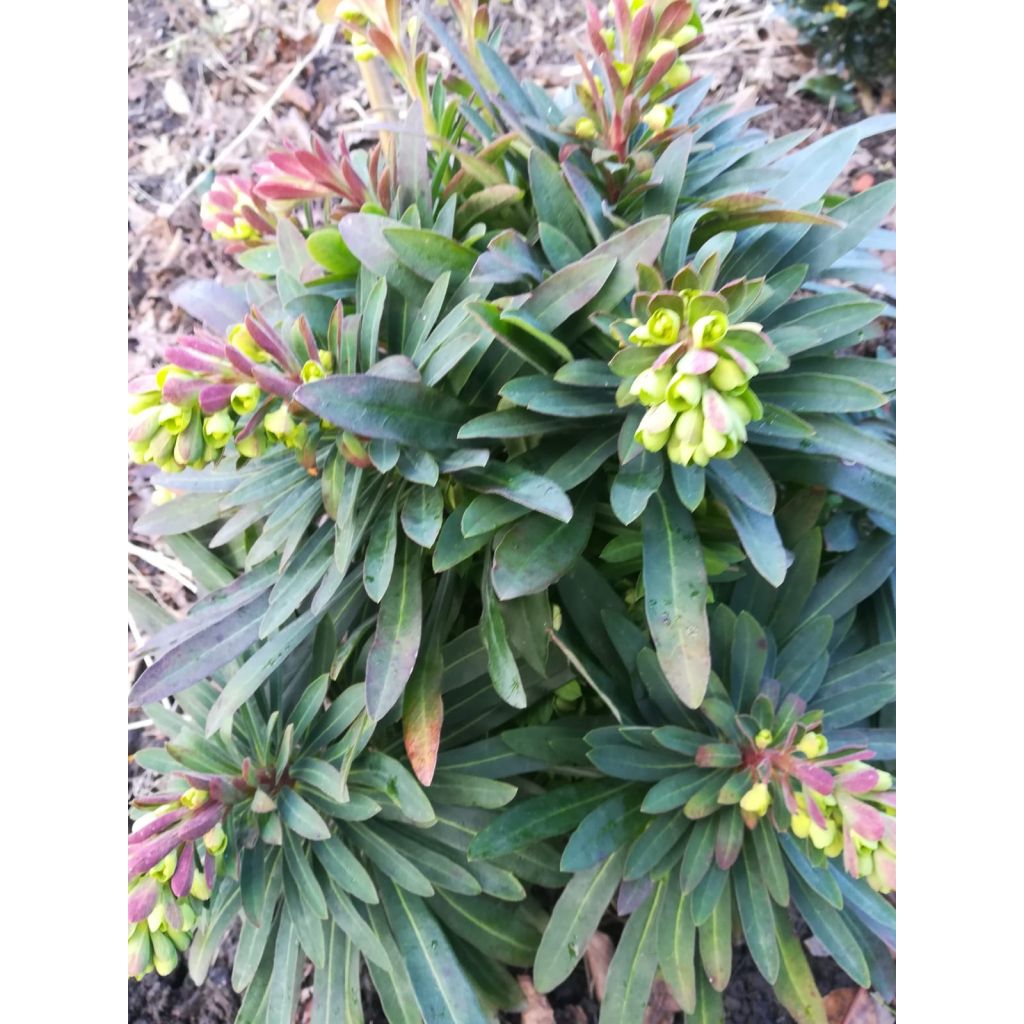

Euphorbia amygdaloides Purpurea - Spurge
Euphorbia amygdaloides Purpurea - Spurge
Euphorbia amygdaloides Purpurea
Wood Spurge
Good quality young plant that has developed well.
Nicole, 14/08/2025
Special offer!
Receive a €20 voucher for any order over €90 (excluding delivery costs, credit notes, and plastic-free options)!
1- Add your favorite plants to your cart.
2- Once you have reached €90, confirm your order (you can even choose the delivery date!).
3- As soon as your order is shipped, you will receive an email containing your voucher code, valid for 3 months (90 days).
Your voucher is unique and can only be used once, for any order with a minimum value of €20, excluding delivery costs.
Can be combined with other current offers, non-divisible and non-refundable.
Home or relay delivery (depending on size and destination)
Schedule delivery date,
and select date in basket
This plant carries a 12 months recovery warranty
More information
We guarantee the quality of our plants for a full growing cycle, and will replace at our expense any plant that fails to recover under normal climatic and planting conditions.

Would this plant suit my garden?
Set up your Plantfit profile →
Description
Euphorbia amygdaloides 'Purpurea', a medium-sized herbaceous perennial, forms an erect clump and has sumptuous evergreen foliage of dark purple, as well as a remarkable spring flowering of acid yellow. A truly beautiful contrast! Ideal for partial shade on the edge of large trees or bushes as well as in pots or borders.
Euphorbia amygdaloides, commonly known as Wood Spurge, belongs to the family of Euphorbiaceae and is native to Europe and Asia Minor. Euphorbia amygdaloides 'Purpurea' is a bushy and compact variety, measuring 50 to 60 cm (20 to 24in) in all directions. Highly decorative throughout the year, it has evergreen purple foliage composed of narrow leaves arranged along reddish-green stems that are quite rigid. Its foliage is most intensely purple in spring, turning violet-black in winter. From April to June, this purple Euphorbia is covered in flowers surrounded by very bright chartreuse green bracts. This hardy perennial easily naturalizes in the garden and self-seeds if its stems are not cut after flowering. Euphorbias contain a white sap, called latex, which is toxic if ingested and irritating to the skin. Wearing gloves is advised, especially when cutting back the faded stems.
This purple Wood Spurge, which tolerates both shade and sun, as well as competition from roots and drought, is the ideal perennial plant to be placed in partial shade, under large trees or bushes, where the soil is often dry and infertile. It will illuminate the light woodland with its sumptuous colors. It is also perfectly suited for container gardening or in pots on a terrace. With its small size, it will also find its place in a rock garden or on a slope. Using this purple Wood Spurge with its aniseed green flowers in borders will have a beautiful effect. It will be the perfect companion for shrub roses, paniculate Hydrangeas, Hostas, Ferns, Grasses, spring bulbs, Heucheras, and Heucherellas.
Euphorbia amygdaloides Purpurea - Spurge in pictures


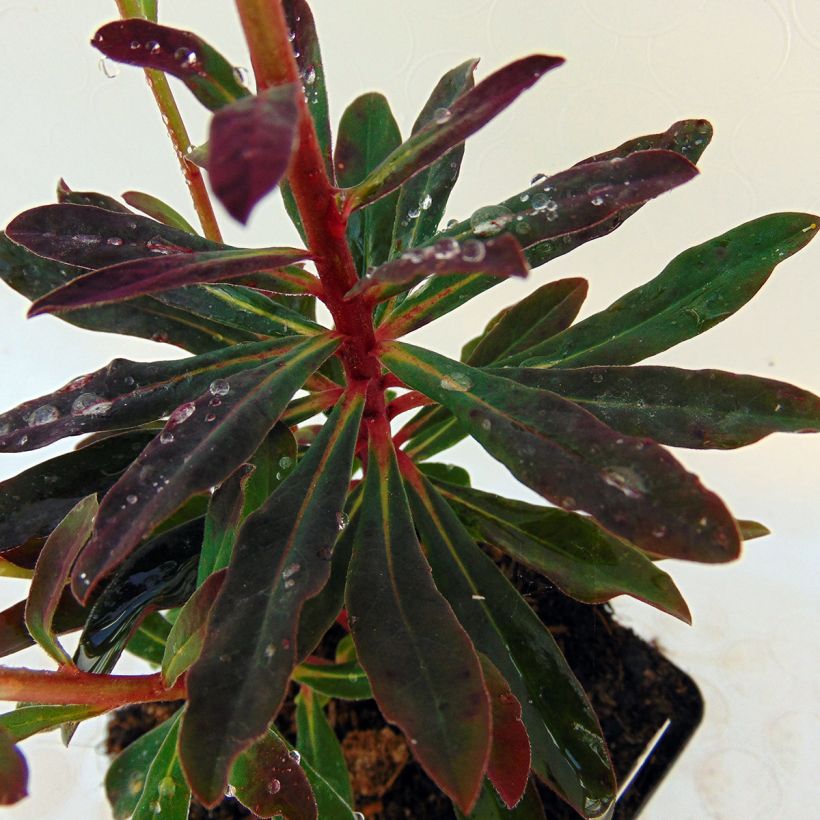

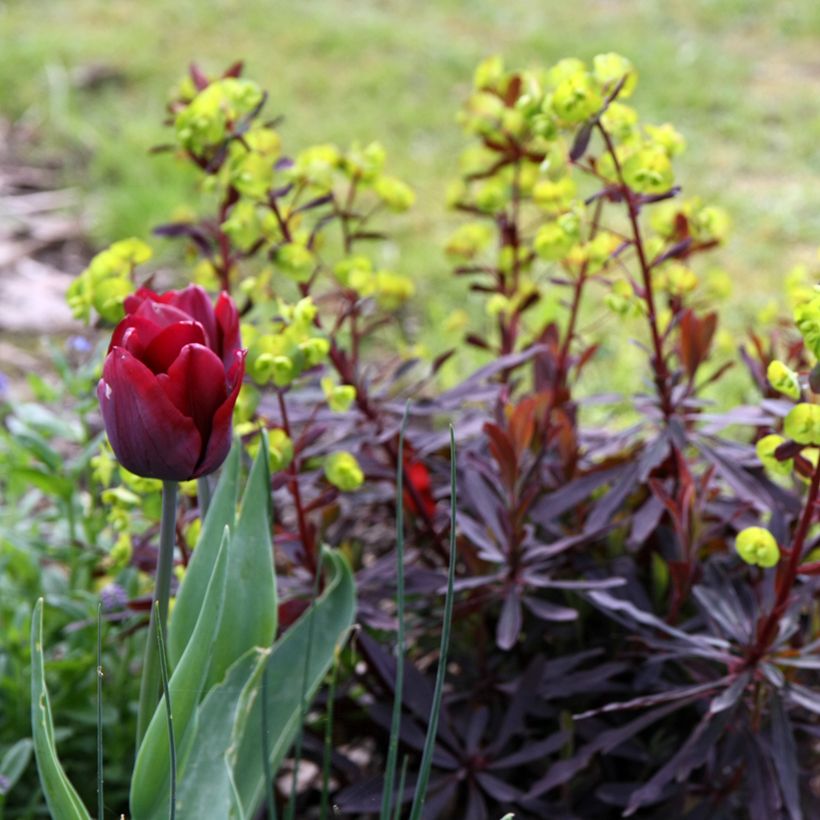

Flowering
Foliage
Plant habit
Safety measures
Botanical data
Euphorbia
amygdaloides
Purpurea
Euphorbiacées
Wood Spurge
Cultivar or hybrid
atteintescutaneomuqueuses
Cette plante peut provoquer l'apparition de réactions cutanées indésirables, une atteinte des yeux, ou des difficultés respiratoires si elle est ingérée.
Ne la plantez pas là où de jeunes enfants peuvent évoluer. Evitez tout contact avec la peau: privilégiez l'emploi de gants pour la manipuler. En cas de contact, lavez-vous soigneusement les mains et rincez abondamment à l'eau la zone concernée. Lavez les vêtements entrés en contact. En cas de réaction cutanée, contactez votre médecin ou le centre antipoison le plus proche de chez vous. En cas d'atteinte étendue ou de difficultés respiratoires, appelez immédiatement le 15 ou le 112.Pensez à conserver l'étiquette de la plante, à la photographier ou à noter son nom, afin de faciliter le travail des professionnels de santé.
Davantage d'informations sur https://plantes-risque.info
Other Euphorbia - Spurge
View all →Planting and care
The Euphorbia amygdaloides 'Purpurea' is a hardy perennial plant, very easy to grow and well suited to beginner gardeners. It is not very demanding and resistant to drought, it appreciates a sunny or semi-shaded location, a light and humus-rich soil, but it can also tolerate an ordinary, even poor, heavy or chalky soil, from moist to dry. It is important, when handling these plants, to always wear gloves, especially when pruning, as the milky sap flowing from its stems is toxic and irritating to the skin. Requiring little maintenance, it is sufficient to cut the stems after flowering, close to the ground, to encourage the emergence of new shoots. However, it is possible to leave some stems on the plant, in order to obtain seeds that will naturally spread in the garden.
Planting period
Intended location
Care
Planting & care advice
-
, onOrder confirmed
Reply from on Promesse de fleurs
Similar products
Haven't found what you were looking for?
Hardiness is the lowest winter temperature a plant can endure without suffering serious damage or even dying. However, hardiness is affected by location (a sheltered area, such as a patio), protection (winter cover) and soil type (hardiness is improved by well-drained soil).

Photo Sharing Terms & Conditions
In order to encourage gardeners to interact and share their experiences, Promesse de fleurs offers various media enabling content to be uploaded onto its Site - in particular via the ‘Photo sharing’ module.
The User agrees to refrain from:
- Posting any content that is illegal, prejudicial, insulting, racist, inciteful to hatred, revisionist, contrary to public decency, that infringes on privacy or on the privacy rights of third parties, in particular the publicity rights of persons and goods, intellectual property rights, or the right to privacy.
- Submitting content on behalf of a third party;
- Impersonate the identity of a third party and/or publish any personal information about a third party;
In general, the User undertakes to refrain from any unethical behaviour.
All Content (in particular text, comments, files, images, photos, videos, creative works, etc.), which may be subject to property or intellectual property rights, image or other private rights, shall remain the property of the User, subject to the limited rights granted by the terms of the licence granted by Promesse de fleurs as stated below. Users are at liberty to publish or not to publish such Content on the Site, notably via the ‘Photo Sharing’ facility, and accept that this Content shall be made public and freely accessible, notably on the Internet.
Users further acknowledge, undertake to have ,and guarantee that they hold all necessary rights and permissions to publish such material on the Site, in particular with regard to the legislation in force pertaining to any privacy, property, intellectual property, image, or contractual rights, or rights of any other nature. By publishing such Content on the Site, Users acknowledge accepting full liability as publishers of the Content within the meaning of the law, and grant Promesse de fleurs, free of charge, an inclusive, worldwide licence for the said Content for the entire duration of its publication, including all reproduction, representation, up/downloading, displaying, performing, transmission, and storage rights.
Users also grant permission for their name to be linked to the Content and accept that this link may not always be made available.
By engaging in posting material, Users consent to their Content becoming automatically accessible on the Internet, in particular on other sites and/or blogs and/or web pages of the Promesse de fleurs site, including in particular social pages and the Promesse de fleurs catalogue.
Users may secure the removal of entrusted content free of charge by issuing a simple request via our contact form.
The flowering period indicated on our website applies to countries and regions located in USDA zone 8 (France, the United Kingdom, Ireland, the Netherlands, etc.)
It will vary according to where you live:
- In zones 9 to 10 (Italy, Spain, Greece, etc.), flowering will occur about 2 to 4 weeks earlier.
- In zones 6 to 7 (Germany, Poland, Slovenia, and lower mountainous regions), flowering will be delayed by 2 to 3 weeks.
- In zone 5 (Central Europe, Scandinavia), blooming will be delayed by 3 to 5 weeks.
In temperate climates, pruning of spring-flowering shrubs (forsythia, spireas, etc.) should be done just after flowering.
Pruning of summer-flowering shrubs (Indian Lilac, Perovskia, etc.) can be done in winter or spring.
In cold regions as well as with frost-sensitive plants, avoid pruning too early when severe frosts may still occur.
The planting period indicated on our website applies to countries and regions located in USDA zone 8 (France, United Kingdom, Ireland, Netherlands).
It will vary according to where you live:
- In Mediterranean zones (Marseille, Madrid, Milan, etc.), autumn and winter are the best planting periods.
- In continental zones (Strasbourg, Munich, Vienna, etc.), delay planting by 2 to 3 weeks in spring and bring it forward by 2 to 4 weeks in autumn.
- In mountainous regions (the Alps, Pyrenees, Carpathians, etc.), it is best to plant in late spring (May-June) or late summer (August-September).
The harvesting period indicated on our website applies to countries and regions in USDA zone 8 (France, England, Ireland, the Netherlands).
In colder areas (Scandinavia, Poland, Austria...) fruit and vegetable harvests are likely to be delayed by 3-4 weeks.
In warmer areas (Italy, Spain, Greece, etc.), harvesting will probably take place earlier, depending on weather conditions.
The sowing periods indicated on our website apply to countries and regions within USDA Zone 8 (France, UK, Ireland, Netherlands).
In colder areas (Scandinavia, Poland, Austria...), delay any outdoor sowing by 3-4 weeks, or sow under glass.
In warmer climes (Italy, Spain, Greece, etc.), bring outdoor sowing forward by a few weeks.






























